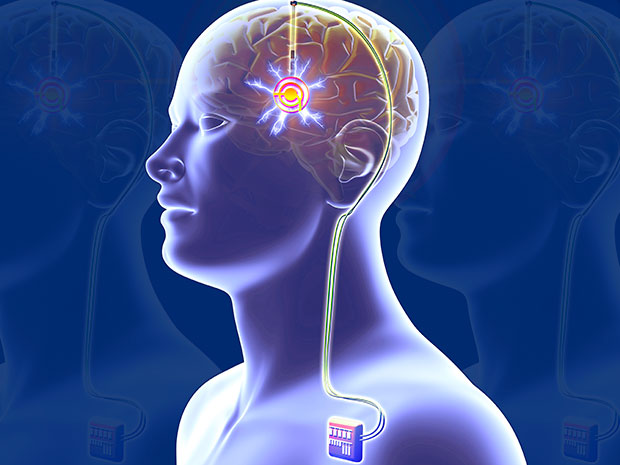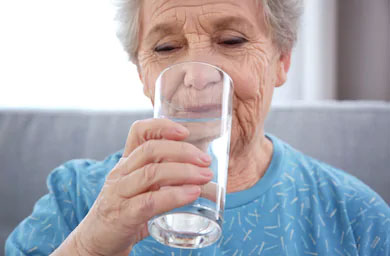
Stanford’s Parkinson’s Community Outreach Program hosts a quarterly deep brain stimulation (DBS) support group meeting for those wanting to learn more about this surgical treatment for Parkinson’s Disease (PD). The December 2019 meeting featured a panel of those who had already undergone surgical implantation with DBS. Here are our notes from the meeting.
… Full Story>


